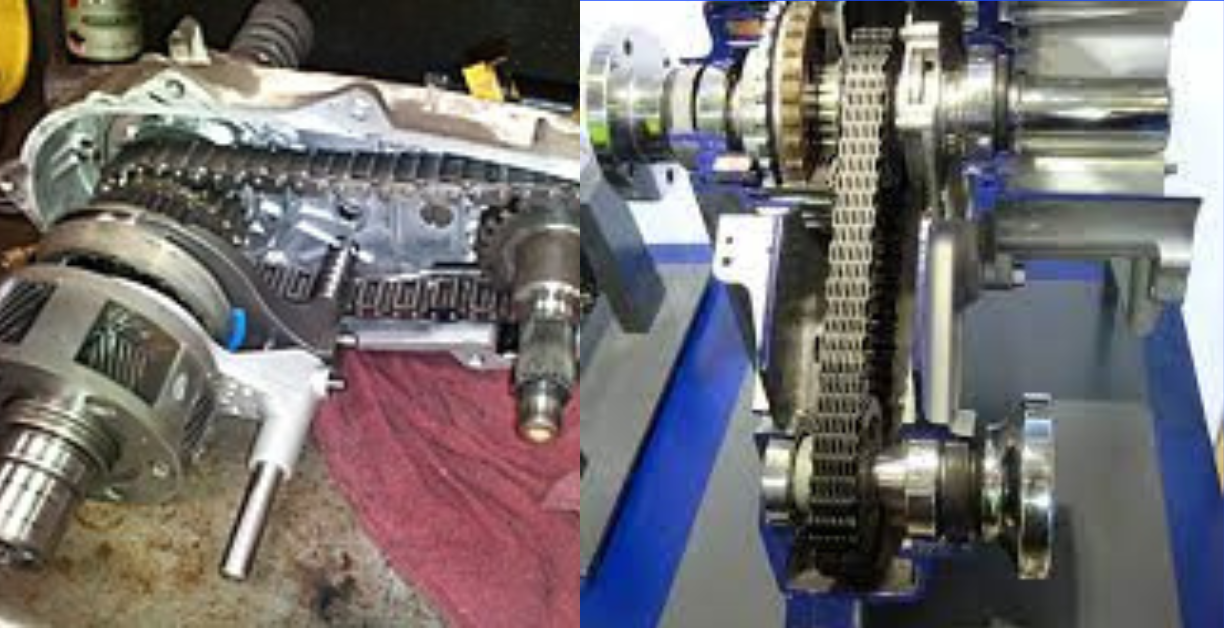How long can you drive with a bad transfer case is like playing with fire to drive with a poor transfer case. The risks are obvious, even though the precise timing of effects varies based on the severity of the problem and your driving style. Even with a poor transfer case, you can drive. as long as it is unknown to the government.
how long can you drive with a bad transfer case
The main conclusions are:
First and foremost, safety. An issue with your transfer case can seriously raise the chance of an accident by impairing your car’s handling, stability, and even the potential to lock up its wheels unexpectedly.
Expensive repercussions: If the issue is ignored, it may require costly repairs that could harm the gearbox as well as other drivetrain parts including axles and driveshafts.
It’s critical to take immediate action since, over time, a skilled mechanic’s diagnosis and repair can save you a significant amount of money and worry.
Because your car is a complicated mechanism, ignoring a small issue can soon lead to larger ones. Pay attention to your car when it comes to your transf

Read more
how is a beer made step by step
how to make berry jam fae farm
er case, and don’t be afraid to get expert assistance at the first indication of problems. You can guarantee a smooth and dependable driving experience for yourself and other drivers on the road by placing a high priority on safety and preventative maintenance.
Driving for any length of time while having a poor transfer case is strongly discouraged. Driving with a malfunctioning transfer case is a surefire way to wind up in trouble, and it can affect both the vehicle and the extent of the damage. Here are some possible outcomes:
Increased risk of accidents: Your car’s handling and stability, particularly on slick or uneven terrain, might be negatively impacted by a faulty transfer case. This can greatly increase the likelihood of losing control and having an accident.
Additional harm to your vehicle: A malfunctioning transfer case can severely strain the axles, driveshafts and even the gearbox, among other drivetrain parts. Later on, this could result in costly repairs that end up costing far more than fixing the transfer case itself initially.
Safety risks: Depending on the issue, a failed transfer case may result in unexpected wheel locking, a broken driveshaft, or even fluid leaks that pose a risk of fire.
As a result, it’s imperative that you have your car checked out by a trained mechanic as soon as you think there might be a problem with the transfer case. Typical indicators of a problematic transfer situation include:
Let’s examine the possible repercussions and how driving habits may affect the timing in more detail to highlight the risks of driving while having a poor transfer case:
Damage Level:
Small problems: You may be able to travel short distances on paved roads without experiencing an abrupt catastrophic breakdown if the issue is a minor leak or worn bearings. But even seemingly small problems can get worse fast, so driving while impaired is still dangerous.
Moderate problems: Grinding, binding, and trouble shifting might be caused by worn out gears, internal chain troubles, or malfunctioning synchronizers. The powertrain is subjected to extreme strain when driving in these conditions, which accelerates wear and raises the possibility of a total failure.
Major problems: Should the transfer case completely seize, the wheels may lock up without warning, which could result in a major accident and a lack of control. Furthermore, a damaged driveshaft or interior component could harm neighbouring components and provide a safety risk.

Driving Methods and Surface:
Gently driving: You can temporarily extend the life of a deteriorating transfer case by avoiding abrupt acceleration, harsh braking, and off-road excursions. Any more pressure, though, would cause it to collapse entirely.
Demanding driving: Driving erratically, hauling large objects, or traversing uneven terrain will further exacerbate the issue and hasten the damage. Even small problems can turn into serious ones very fast in these circumstances.
After-effects beyond damage
Financial impact: Failure to heed warning indications may result in a total malfunction that necessitates replacing the transfer case and maybe other damaged parts. This may come with a substantially higher cost than taking care of the problem right away.
Legal liability: You may be subject to legal action and insurance problems if a defective transfer case causes an accident.
It’s Important to Act Early:
You are reading the article how long can you drive with a bad transfer case.The most important lesson is to act quickly to resolve any suspected transfer case issue. A skilled mechanic is able to identify the issue and suggest the best course of action for repair or replacement.
Here are a few more pointers:
Frequent upkeep: Observe the suggested maintenance schedule for your car, which should include changing the transfer case fluid.
Be mindful of cautions: If you hear strange noises, vibrations, or have trouble shifting, get your automobile checked out right away.
Don’t ignore warning lights: If the four-wheel drive warning light is on in your car, pay attention to it. It might be pointing to a transfer case issue.
You may prevent the risks and expenses related to driving with a faulty transfer case by being proactive and getting expert assistance when necessary. Always put other drivers’ safety on the road before your own. I hope this thorough response provides a clear resolution to the question. If you need more information or have any other queries, don’t be afraid to ask!















